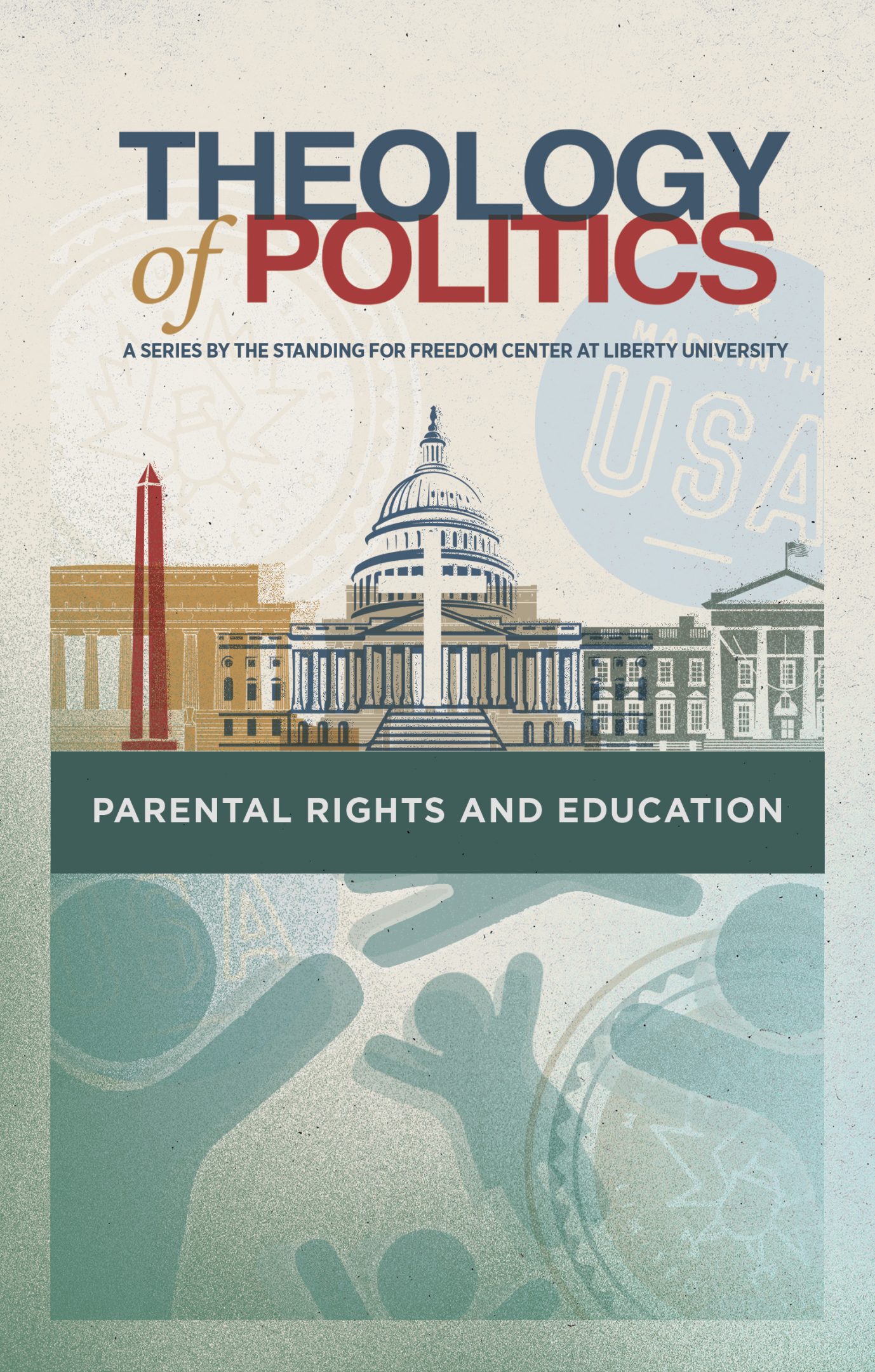


Get a free copy of Parental Rights & Education when you subscribe to our newsletter!

The feds are trying to leverage an unrelated federal statute to undermine the Dobbs ruling, but the Supreme Court’s decision to not only hear the case against Idaho’s abortion law but to lift an appellate injunction is a strong indicator that the justices smell an unconstitutional rat.
The Supreme Court has lifted an appellate injunction blocking Idaho’s abortion law and will soon rule on whether it violates federal law.
The Court lifted the injunction on Friday at the request of Idaho officials. Idaho’s law, the Defense of Life Act, or Statute 18-622, prohibits abortion unless medical professionals deem it necessary to save the life of the mother. Idaho will now be allowed to enforce the law while it awaits the Court’s decision.
The Department of Justice filed suit against the Idaho law in August 2022, shortly after the Supreme Court issued its ruling in Dobbs v. Jackson Women’s Heath and returned the issue of abortion regulation to the states. The DOJ claimed that the Idaho law conflicts with the Emergency Medical Treatment and Active Labor Act of 1986 (EMTALA), which requires hospitals and physicians to assess, treat, and stabilize any patient that comes into an emergency room, regardless of their insurance status or ability to pay.
Last August, U.S. District Court Judge B. Lynn Winmill granted an injunction that blocked the law from going into effect. In his ruling, the judge cited the Supremacy Clause of the U.S. Constitution, arguing that state law must yield to federal law when it is impossible to comply with both.
Winmill wrote that Idaho’s abortion law conflicts with EMTALA in that it does not permit an abortion if the medical issue is likely to result in serious impairment to functions of the body.
The judge claimed that an abortion performed to save the life of the mother would still be viewed as a criminal act by Idaho, surmising that even though the physician would have a legal defense and likely be found innocent, the physician would still be arrested and indicted.
Additionally, even though the state defines an ectopic pregnancy as a life-threatening condition and an exception under the abortion ban, Winmill argued that treating an ectopic pregnancy would still be considered an abortion because the statute uses the language “having a developing fetus in the body” rather than in the uterus.
Finally, he issued the injunction by arguing that doctors would be hesitant to perform an abortion until a “pregnant patient’s condition became dire.”
The injunction was restricted to treatment required by EMTALA.
Idaho officials appealed Winmill’s ruling to the Ninth Circuit Court of Appeals, claiming that EMTALA does not say anything about abortion. “The federal government cannot use EMTALA to override in the emergency room state laws about abortion any more than it can use it to override state law on organ transplants or marijuana use,” the state argued.
A panel for the Ninth Circuit unanimously lifted the district court’s injunction, but then the full Ninth Circuit court weighed in and put the injunction back into place, over the dissent of four judges.
The ruling stands in stark contrast to a ruling set down by Fifth Circuit Court of Appeals earlier this week. In it, a three-judge panel unanimously stated that the EMTALA does not mandate abortion as part of required treatment. The Fifth Circuit left Texas’s abortion restrictions in place, writing that EMTALA does not preempt Texas’s statue.
There are key differences between the two cases, however.
Texas’s law bars abortion unless the pregnancy “places the female at risk of death or poses a serious risk of substantial impairment of a major bodily function.” The allowance for an abortion in the case of risk of substantial impairment of a major bodily function, such as the loss of a woman’s uterus through hysterectomy, removed one potential conflict, which Winmill used as part of his ruling against Idaho’s law.
Due to Texas’s allowance for an abortion for the life of the mother or the risk of substantial impairment of a bodily function, the 5th Circuit found there was no conflict with EMTALA.
The Supreme Court will hear oral arguments and decide the merits of the case in April. A ruling is expected in the summer.
Idaho Attorney General Raúl Labrador responded to the Court’s announcement that it has granted certiorari by stating,
“The federal government has been wrong from day one. Federal law does not preempt Idaho’s Defense of Life Act. In fact, EMTALA and Idaho’s law share the same goal: to save the lives of all women and their unborn children. Today, the Supreme Court’s decision is a big step in stopping the administration’s lawless overreach. The people of Idaho have spoken with clarity on the issue of life.”

It’s amazing that two major court decisions came down this week regarding the alleged conflict between EMTALA and state abortion laws, given that EMTALA doesn’t even contain the word “abortion.”
Still, the executive branch thinks it can use this obscure, financial provision within the Medicare Act to get around the Supreme Court’s Dobbs ruling and federalize at least some abortions. EMTALA was passed in 1986 by Congress to guard against “patient dumping,” whereby some hospital emergency rooms would turn away or transfer indigent patients without medically evaluating or treating them. Under this law, treating patients regardless of their ability to pay is a requirement for any hospital that participates in Medicare.
In the case of a pregnant woman in an acute emergency situation, the law only requires that hospitals provide “stabilizing care” to both the mother and her unborn child (as specifically added by Congress in 1989). That’s right. Rather than mandate abortions, this statute actually recognizes an “unborn child” as an ER “patient” just as deserving of care as anyone else.
As the Fifth Circuit noted, EMTALA “does not address any specific medical procedures or treatments besides the requirement ‘to deliver (including the placenta).’”
In fact, according to Idaho’s filing with the Supreme Court, with the exception of the Federal Circuit, “the full chorus of circuits—including the Ninth Circuit in Eberhardt—have unsurprisingly refused to interpret EMTALA as imposing a federal standard of care.”
All this is to say that this case is less about abortion than about the constitutional issues of separation of powers and states’ rights. The major question before the Supreme Court is this: To what degree can the federal executive branch stretch or reinterpret an existing, wholly unrelated federal statute passed by Congress in order to override a state law that was duly enacted through the legislative process?
The problem with both of these cases is that the pro-abortion movement is not really interested in whether EMTALA is being followed such that doctors use every possible solution to save or stabilize the life of a mother (or her unborn child).
Rather it’s about setting a precedent so ER doctors will feel pressured to turn more quickly to abortion as a “care” option for pregnant women.
That goes against accepted standards of care because induced abortion is hardly a medical panacea; as a “treatment” for any life-threatening situation, abortion poses its own set of risks to both the life and the bodily functions of the mother (including loss of a uterus or other reproductive organs), and it has a 100 percent chance of death for the unborn child.
Furthermore, as the Charlotte Lozier Institute explained, induced abortion and medical indication for separating a mother from her unborn child are not the same thing. They differ in purpose and procedure. When there is a medical reason to separate the mother and her child, it is with the intent of saving the life of the mother, the child, or both.
The pro-life organization also noted that the preferred treatment for such medical emergencies is not an induced abortion but a C-section, which does not require the delay that an abortion would require nor the risk. They noted, “If a woman were truly sick enough to need emergent delivery, the delay necessary to perform an induced abortion would only worsen her condition.”
The use of EMTALA as part of these legal cases is also an attempt to vilify pro-life advocates, and pro-life states that pass abortion restrictions, as being so callous and inhumane that they would deny ER care to women who will otherwise die without an abortion. That is a blatant lie.
Every state with abortion limitations, including Texas and Idaho, allows for an abortion if the life of the mother is at stake. And if a woman is at true risk of death due to a condition related to a pregnancy (or even unrelated, such as an advanced, aggressive cancer diagnosis), all states will allow that woman to have an abortion if it is deemed medically necessary.
It is also important to note that many pro-abortion activists claim that pro-life laws prevent miscarriage care or the treatment of ectopic pregnancies. This is also a blatant lie. Nearly all states provide specific exceptions, stating that miscarriages and medical and surgical care for them are not considered abortion, since the child died “spontaneously,” rather than by an induced abortion.
The same is true with ectopic pregnancies, which would be included in the caveat of risk to the life of the mother even if it is not included as a stated exception. No reasonable person would assume that an egg implanted in a fallopian tube (or otherwise outside of the womb) could safely develop into a full-term baby and be carried and delivered by a mother without issue — and no reasonable judge would assume that the state has any kind of interest in using linguistic tricks to jail a doctor for treating what is clearly a life-threatening situation.
This activist attempt to undermine state law by leveraging a federal law that doesn’t even address abortion is cynical and threatens the foundational pillars of our constitutional republic, notably the principles of separation of powers and states’ rights. That the Supreme Court not only agreed to hear the case but also lifted the injunction put in place by the Ninth Circuit shows that it too smells an unconstitutional rat.
The case will be heard in April, and all nine justices need to send a clear message that this ongoing strategy of throwing legal tricks up against the wall to get something to stick will not pass constitutional muster and will not be tolerated.
The Church must be involved in public discourse and influence. That’s why we write — so our readers can be equipped to understand and pursue righteous change in the world. For more timely, informative, and faith-based content, subscribe to the Standing for Freedom Center newsletter.
Christian conservative news and issues that matter. Curated just for you!